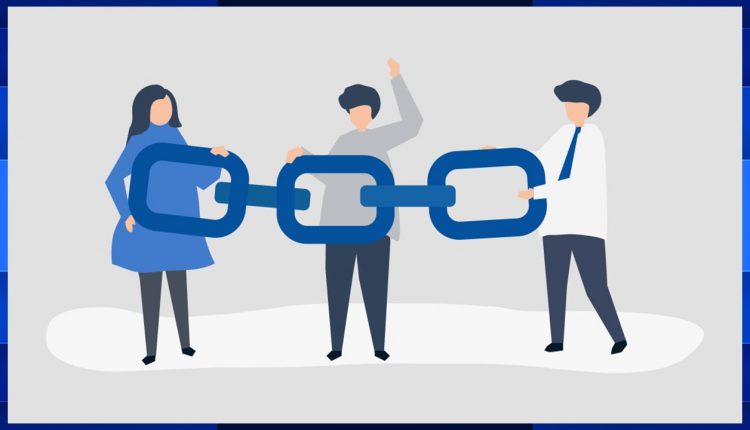Internal linking is an important step in good SEO practices. Yet, it’s often overlooked. With proper internal linking, you can easily boost your SEO, without spending any money. It’s a simple practice.
What is an internal link? Any link on your website that directs users to another page on your site is an internal link. Find out how to properly use internal links to improve navigation and increase your SEO.
Use Anchor Text for Internal Links
As much as possible, you should use anchor text for your internal links. This means wrapping relevant text in a link, as opposed to using an image for your link.
You don’t need to over-think your anchor text. Simply add a link wherever relevant. Highlight the relevant text and add your link.
Use Deep Links Throughout Your Content
The majority of your links should be deep. They should link to pages that aren’t available from the home page or main menu. In fact, you should avoid linking to your home page or contact page too often.
There’s a good chance that your main menu already includes a link to your homepage. There’s no reason to keep linking to your home page or other URLs that are available from your main menu.
Your Internal Links Should Be Natural
Internal links serve two purposes. They improve SEO and they help with navigation. Your internal links should add value for your visitors. They should serve a purpose and be natural.
Instead of worrying about whether or not your anchor text includes specific keywords, keep your internal links natural. Only highlight text that is relevant to the destination URL.
Keep Track of Your Internal Links
You should also keep track of your internal links. This is important for being able to remove broken links. You can use Google Analytics, or any other analytics software, keep track of your links.
Along with keeping track of your links, you can use analytics to monitor your metrics. Find out which links receive the most clicks. Pay attention the anchor text that is used.
By evaluating the performance of your internal links, you can decide what works best. You can use this information to improve the way you add internal links.
Don’t Get Carried Away
While you should have plenty of internal links throughout your site, don’t get carried away. There isn’t a specific number of links to include. The main rule is that you want to keep your content readable.
If you add too many internal links, your content will be hard to read. Readers will get distracted by the constantly highlighted words throughout your content.
If possible, limit your internal linking to one link for every two paragraphs. This allows you to add a sufficient amount of links, without sacrificing the quality of your content.
Place Important Links Higher in Your Content
When adding internal links, keep important links towards the top of your content. The further down the page, the less value the link has for SEO purposes. Search engines, including Google, place more value on links located along the top third of your page.
Use Text Menus for Your Main Navigation
As a final tip, you should try to employ text menus whenever possible. Instead of using images or fancy JavaScript to create stunning menus, simply use text. You can still style text menus to match the overall style of your site.
Text menus are searchable by search engines. But, images and menus that require Flash or JavaScript will remain unsearched by search engine spiders.
Start improving the SEO of your site by using the tips provided. If you’d like additional online marketing tips, including a simple lead generation system, then click here to learn about my done-for-you system.


